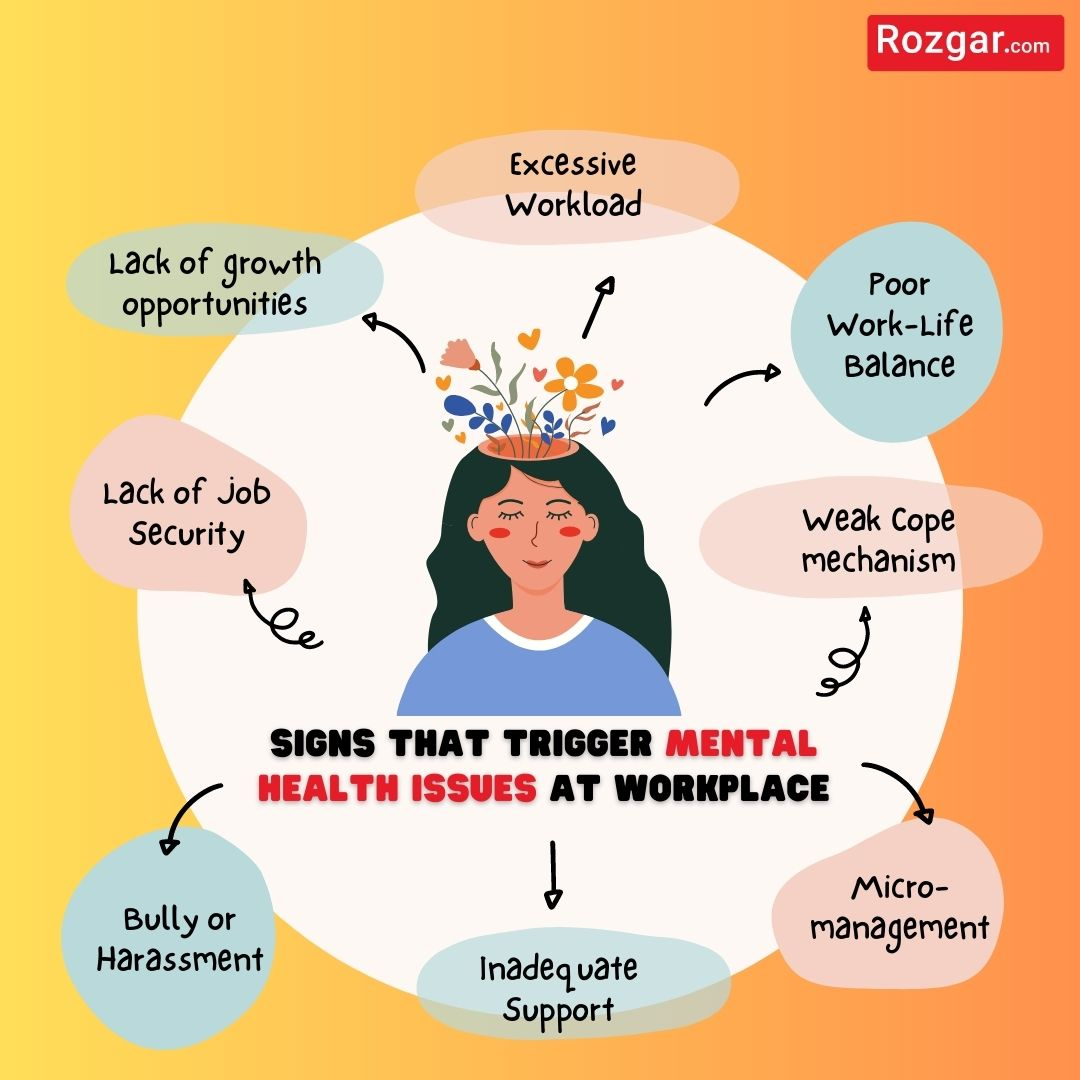
Do you know about 33% of employees in India continue to work despite having mental health issues? What not- 47% of professionals have blamed ‘work-related stress’ as their biggest foe in digressing their mental health. Here’s the biggest blunder- the estimated expenditure caused by poor mental health at the workplace is $14 billion in the last FY!
Post Covid, the workplace scenario has undergone tremendous changes, making the whole environment more cutthroat ‘competitive’ and ‘dynamic’ for working professionals. The word pandemic itself is propelling enough to stir anxiety in many of us. There is no denying the fact that work-related stress is nothing but a slow poison that works adversely, hitting directly on our mental health and adding unnecessary financial burdens to our pockets. As we understand that a healthy work environment is not just a luxury but a necessity, it is significant to endorse healthy work practices at the workplace to enhance productivity and foster overall business success.
You can watch the signs that trigger mental health issues at the workplace!

In this blog, we will explore the 5 effective strategies to promote mental well-being at the workplace and ultimately, boost employee performance and productivity.
1. Paving the Way to Open Communication:
Effective communication can open any door whether locked or stubborn. Encourage open dialogue, have the heart to listen, be empathetic towards employees, create an environment where one can express ideas without the fear of being judged, conduct anonymous surveys, have a reception for feedback, and so on. Employers who welcome ‘communication’ creates an open room full of ‘emotional space’ and ‘commonness’ with their employees.
2. Promote a culture encouraging ‘Work-Life Balance’:
A healthy work-life balance is all that a healthy body needs- so strike for some balance in life. Have you heard of the phrase, “All work and no play makes Jack a dull boy”? Yes- it is true in every sense. Employees should be encouraged to take vacations and breaks. They must be offered flexibility in working hours, and just like in todays time, they must also be encouraged to work remotely.
3. Accept ‘Mental Health’ as a thing, offer SOLUTION:
How about partnering with a mental health professional to provide counseling services to the employees? As an employer, you can host a series of workshops and training sessions to educate employees about stress management, how to cope with anxiety, dealing with competitive coworkers, and so on.
4. Making Physical Health a Priority:
Mental health works in no isolation- it is very closely linked with the physical well-being of an individual. There are many ways in which employers can encourage a proactive healthy lifestyle offering incentives like nutritious snacks, gym membership, wellness programs,s and so on to the employees.
5. Appoint a Happiness Officer:
A Happiness Officer, also known as a Chief Happiness Officer (CHO) or Employee Happiness Manager, is a relatively new role that has emerged in some organizations with a focus on promoting employee well-being, job satisfaction, and overall happiness. The primary responsibility of a Happiness Officer is to create and maintain a positive and supportive work environment that enhances the overall happiness and engagement of employees.
Employers can use positive affirmations to create a happy and productive team by fostering a supportive and encouraging work environment.
Here are some affirmations that can boost employee morale and motivation:

Promoting mental health in the workplace is an ongoing effort that requires commitment and dedication from employers and team leaders. By fostering a supportive, inclusive, and open work environment, organizations can boost employee well-being and productivity. Remember that happy and mentally healthy employees are more engaged, creative, and loyal to their organizations.
We are confident that by implementing these strategies, some organizations will not only benefit their individual employees but will also contribute to the overall success and growth of their organization.

